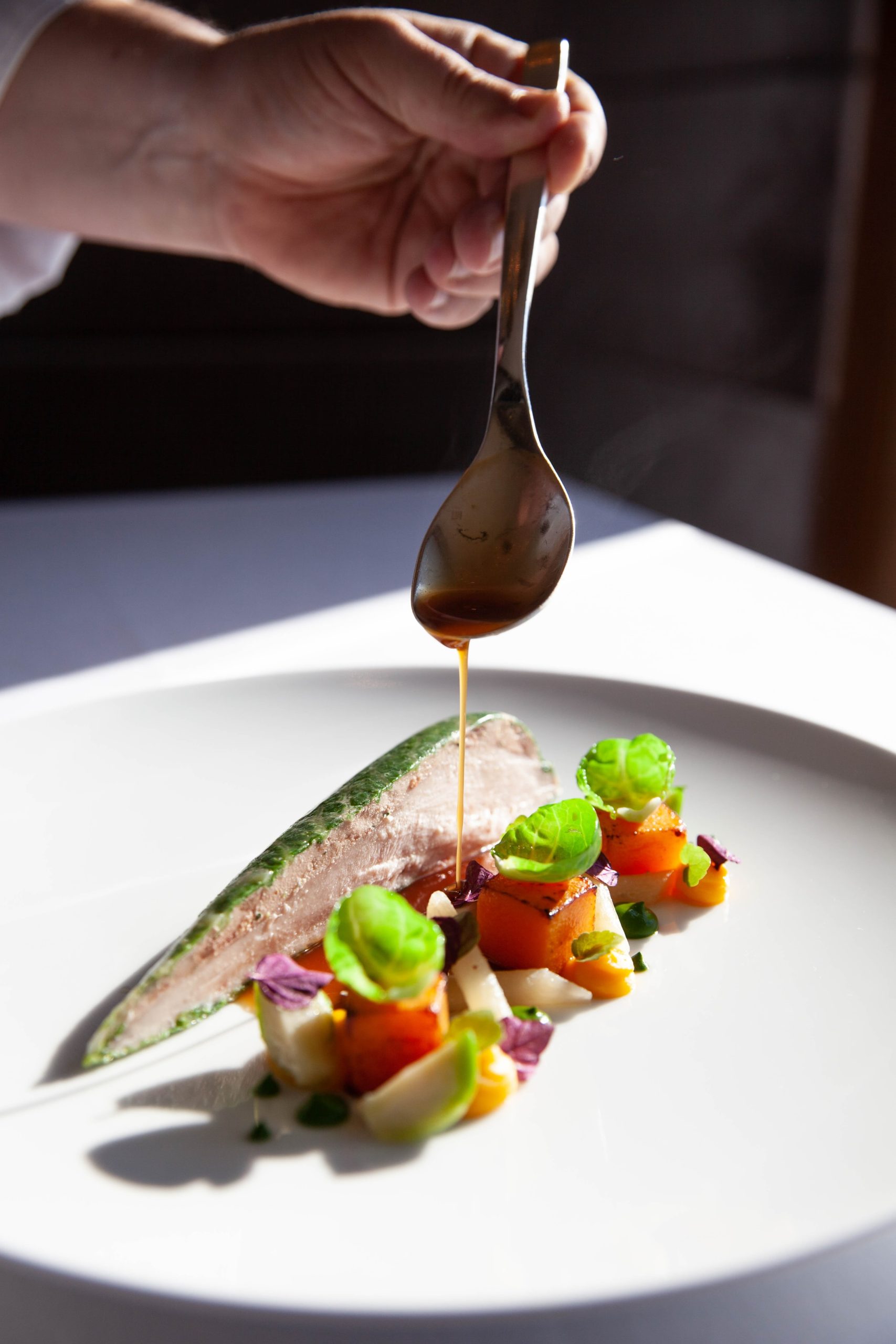
French Local Specialties: A Bargain For Food Lovers
During your travels, tasting the dishes of a restaurant that offers local products is an excellent opportunity to discover the culinary culture of a region or a country. It also allows you to get to know the region, history, and identity.
Thus, the gourmet specialties of a country must be part of the reasons that motivate the choice of your destination to live a beautiful gastronomic escapade. Discover why local specialties are a godsend for those who love good food.
The benefits of local cuisine
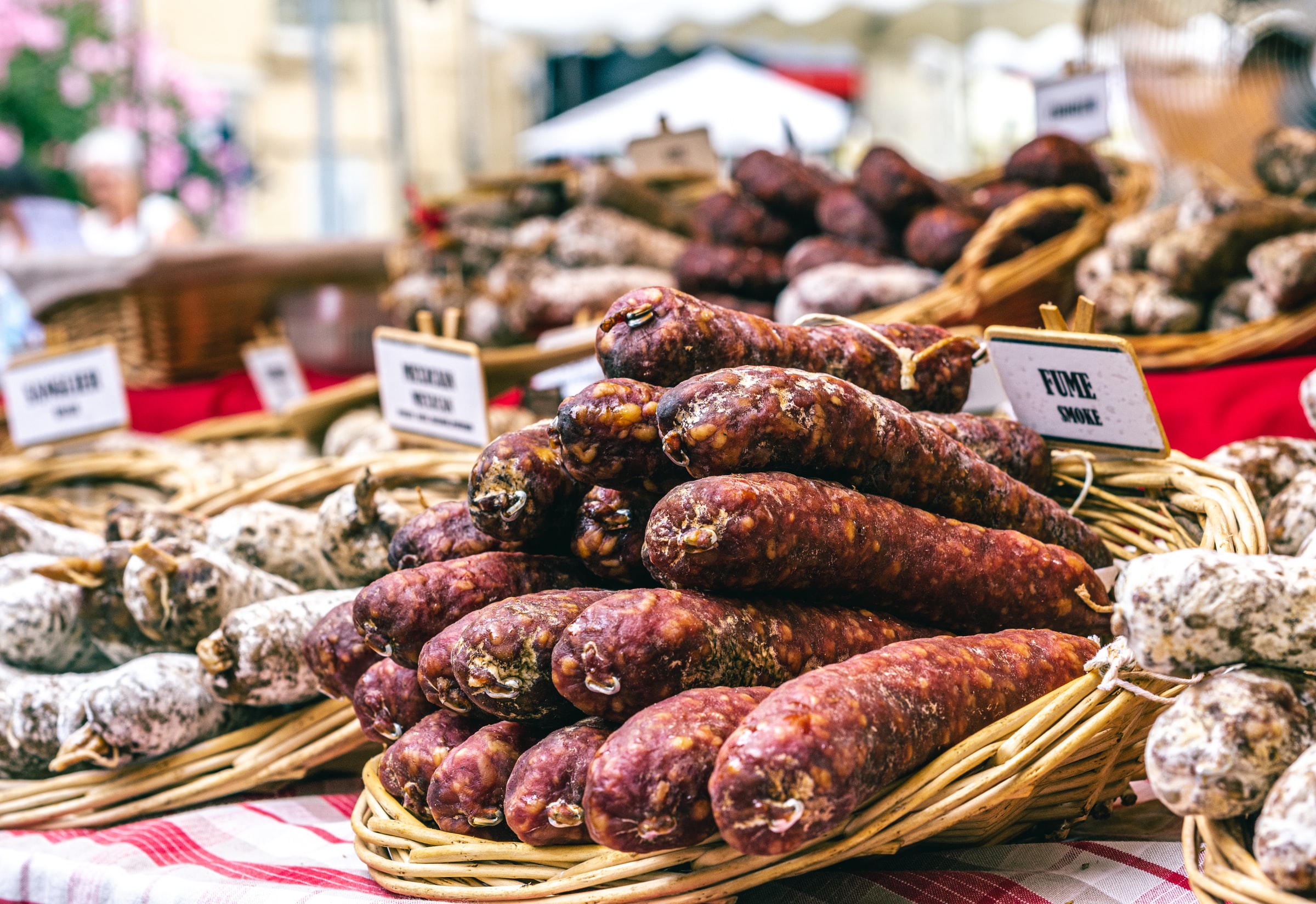
Unlike the specialties of other regions or other countries, terroir has excellent advantages. Local cuisine is based on local products. Therefore, the local things for a traditional cuisine are offered to you.
Apart from that, it is better to avoid discomfort during the trip to eat the local dishes. Indeed, they are known for the freshness of the products used, contrary to those preserved for several days during their export.
Moreover, eating well allows you to enjoy your vacation and create pleasant memories. Moreover, local specialties take you to the heart of the country and will enable you to live new experiences by savoring the original tastes of the country.
The evolution of local cuisine
Offering its specialties to new visitors is a great pride for a country. Local specialties are also a way to attract many foreigners to a region. Currently, thanks to the rise of gastronomic tourism, local dishes are the most popular.
For example, in France, 90% of restaurant owners practice this concept, which is also advantageous in cost and quality. There is no need to pay for expensive dishes prepared with preserved products in a luxurious restaurant for food lovers.
Local products are offered at affordable prices, as there are no export-fees. In addition, to please the tourists, the local guides include tours some time to visit a traditional restaurants to discover the region’s specialties. This has become a trend during tourist trips.
Examples of traditional French cuisine specialties
1. Coq au vin
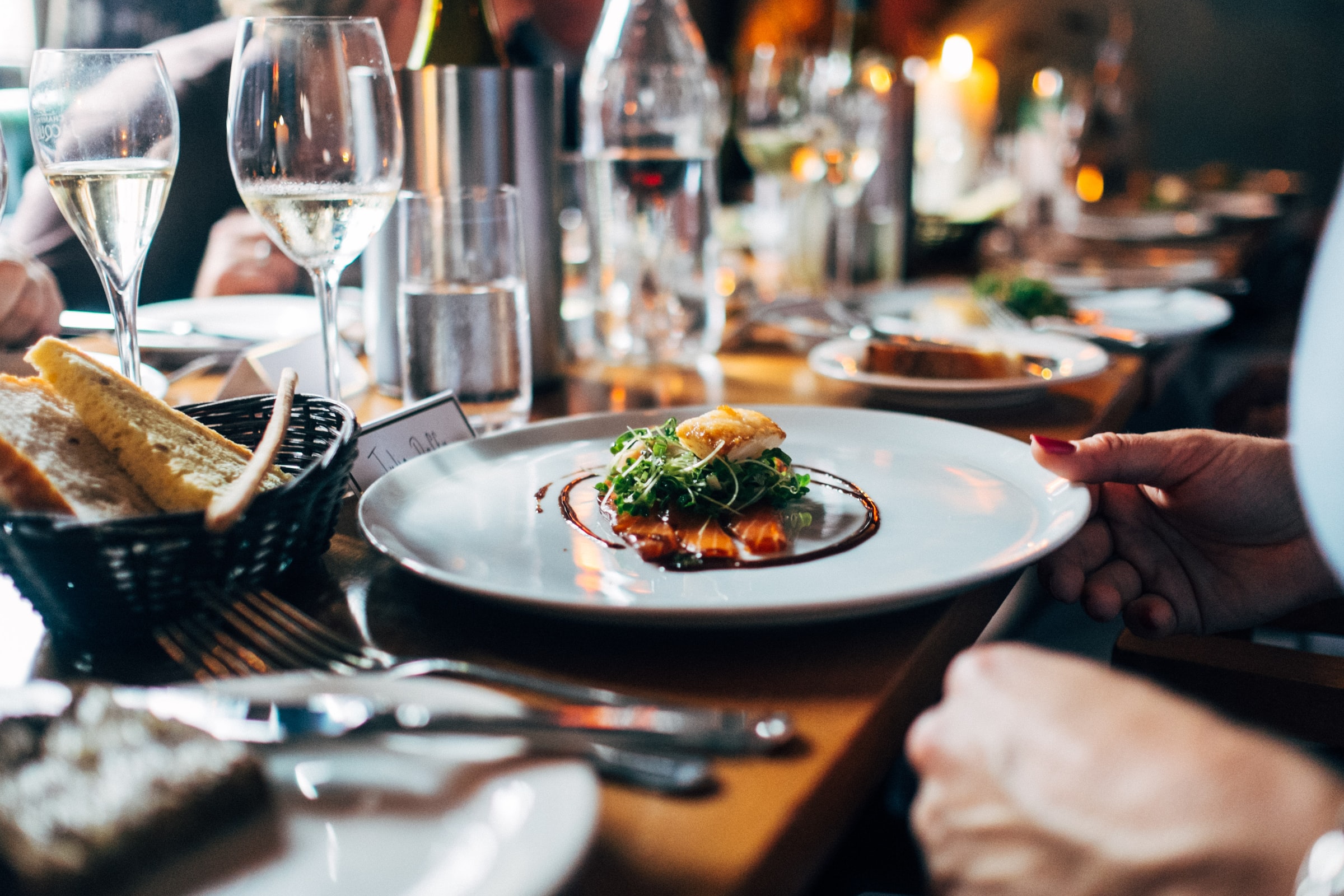
This is a traditional dish that France is famous for. The rooster is cut into pieces and cooked with red wine in most cases. Good cooks add onions, carrots, garlic, and mushrooms.
2. Foie gras
This is the most famous traditional dish, especially during the holiday season. The foie gras is mixed with onion confit or fig jam and can be eaten with brioche bread. This dish has already had its influence since Antiquity.
3. The quiche lorraine
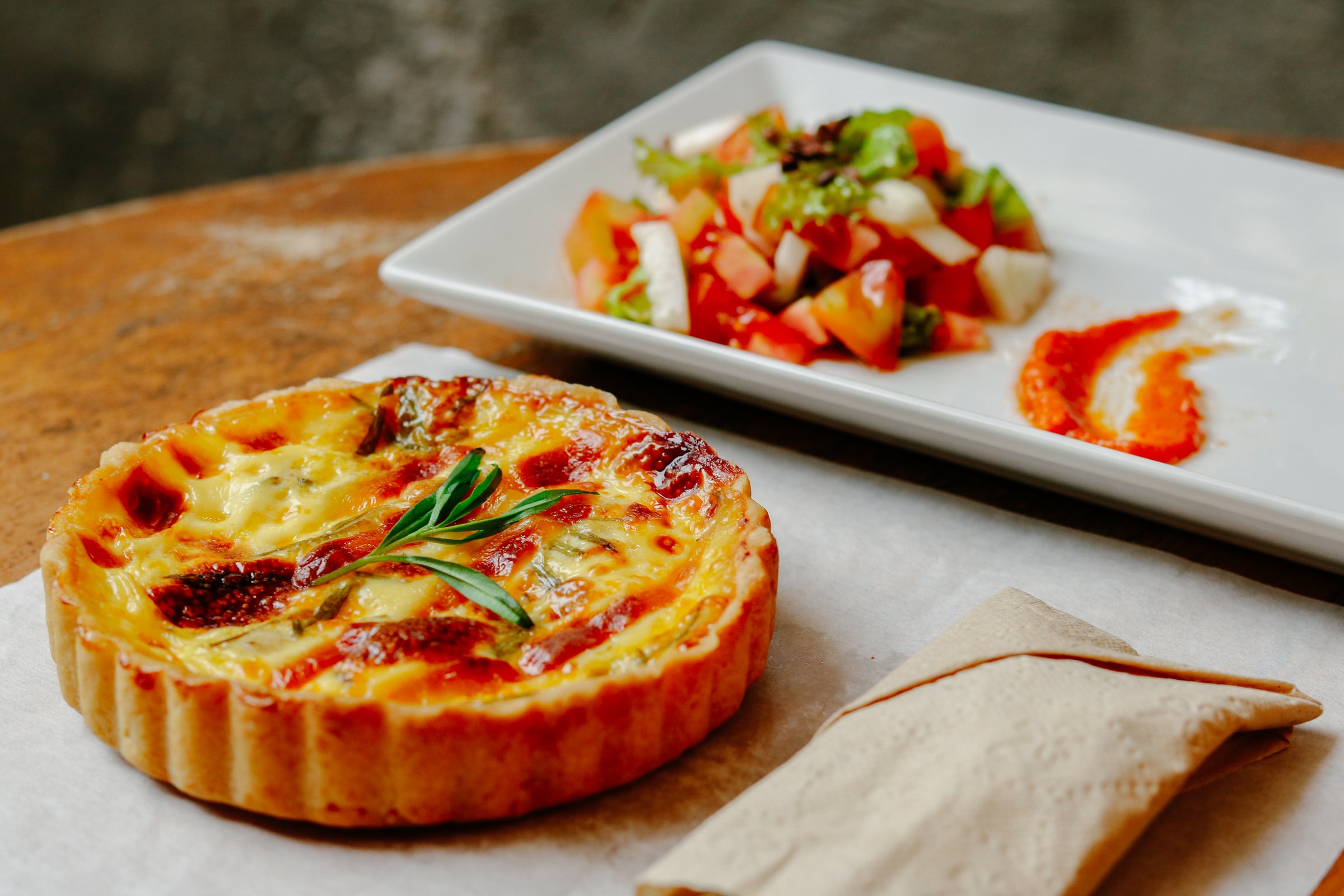
This is one of the delicious starters of the Lorraine culinary culture. It is a pie filled with a mixture of fresh cream, milk, egg, walnuts, and grilled bacon to give a smoky taste to the quiche. A green salad or endives should accompany it to enjoy it.
4. The gratin dauphinois
This is an essential French dish to be eaten during the winter season. The traditional cuisine is prepared with cooked potatoes and fresh cream, milk, and nuts. It is also possible to add a little cheese for lovers of fatty dishes.
5. Tarte Tatin
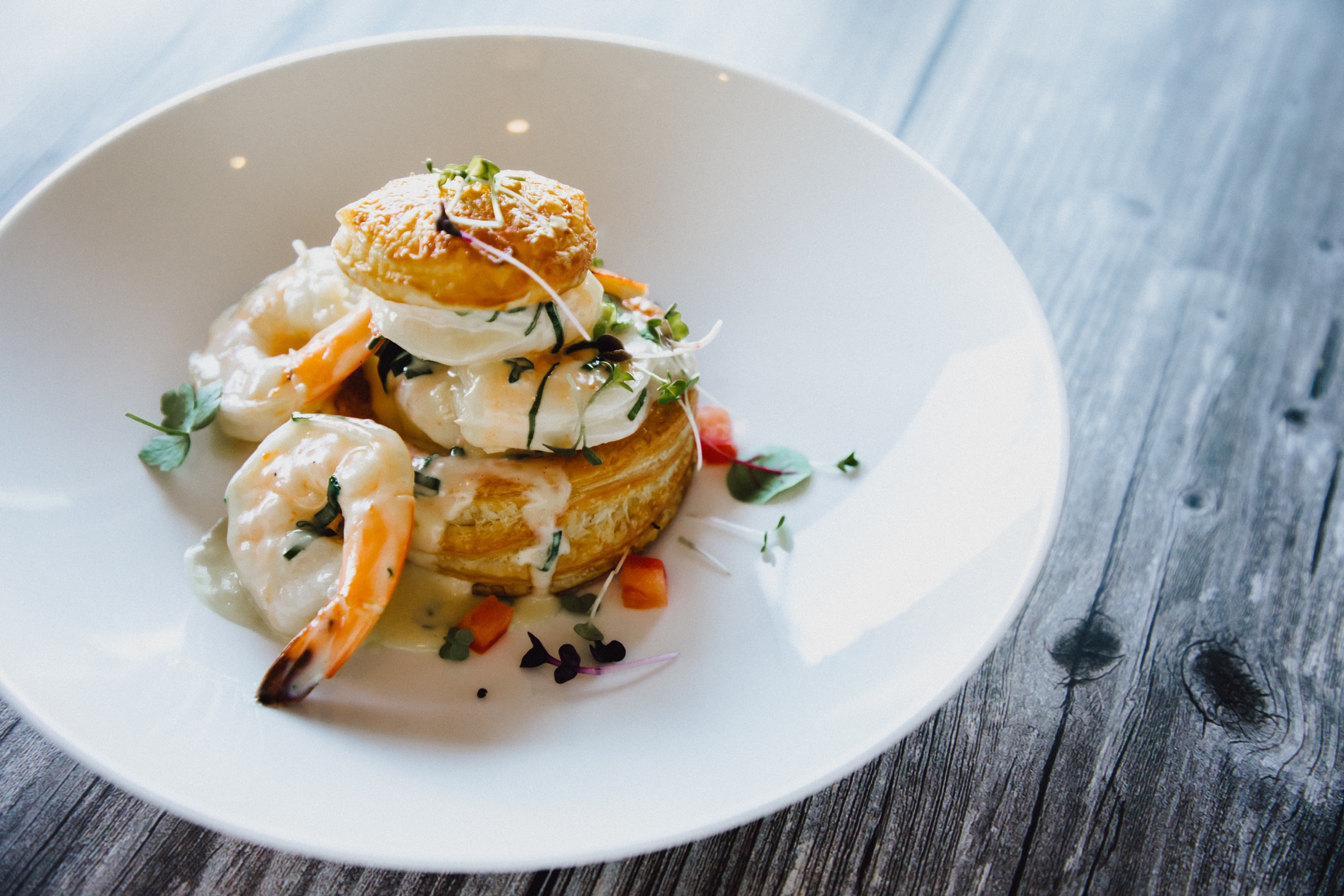
Tarte Tatin is said to have begun off as a mistake in the kitchen. Stephanie Tatin, a hotelier, was creating a typical apple pie in 1898 when she mistakenly overcooked the apples in sugar and butter. In a rush to save the dessert, she piled the pastry foundation on top of the charred fruit and baked it. She allegedly presented the upside-down tart to her guests at Hôtel Tatin, and it became the hotel’s trademark dish. This amazing blunder may still be tasted today.
6. Soupe à l’oignon
This is a classic French soup cooked with onions and beef stock, generally with croutons and melted cheese. This was typically a peasant meal dating back to Roman times, while the current version originated from the 18th century. The caramelization of onions, sometimes flavored with brandy or sherry during the slow-cooking process, gives the soup its distinct flavor. Try Marseille’s famous soupe de poisson à la rouille if you’re in the mood for soup. This soup is distinguished by a dollop of garlic and saffron mayonnaise on top, formerly a fishermen’s favorite.
Sound off in the comments section below and tell us what you want to read next and if you want to read more about French gastronomy.



